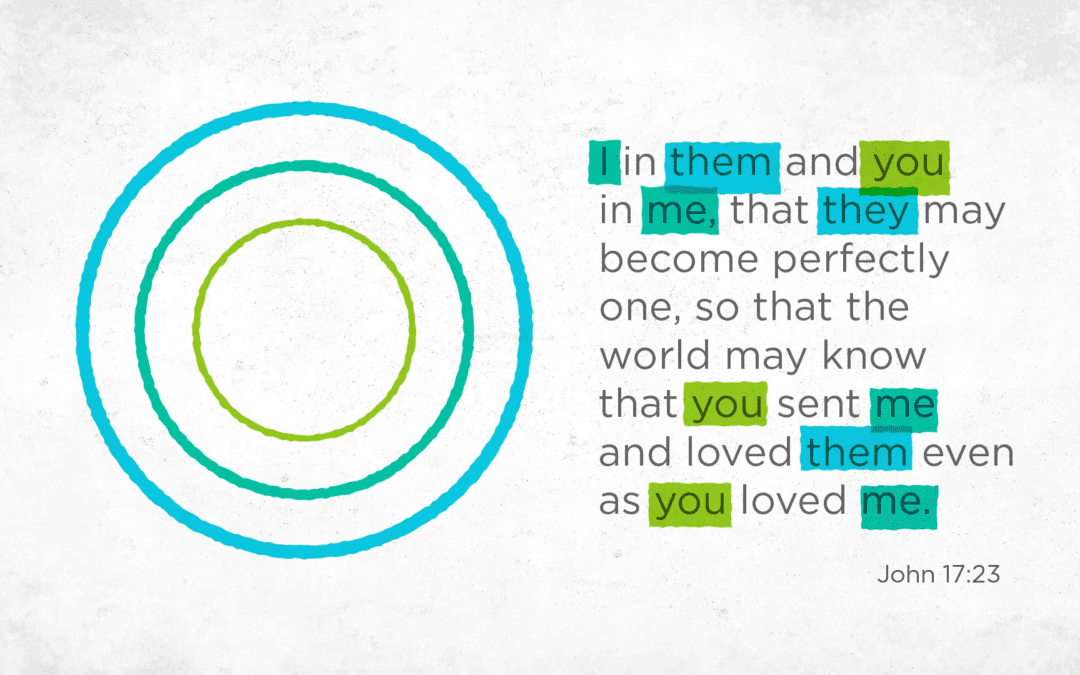“Whether ’tis nobler in the mind to suffer the slings and arrows of outrageous fortune, or to take arms against a sea of troubles, and, by opposing, end them …” – Hamelet (Act III, Scene I)
It has been far too long since last I wrote a blog post; and this one has been ruminating below the surface for a while. The last time we had a church service in our building was March 8. It has been 14 weeks of no regular Sunday services in our buildings, and the trend does not appear to be stopping any time soon. ‘Online church’ appears to be a thing for the foreseeable future until such a time as we can gather safely once again. Yet, even if the Provincial government were to say tomorrow that we could begin gathering again next Sunday in groups of 50 – while still adhering to the necessary social distancing protocols – that opens a myriad of practical questions not easily answered.
Who gets to come to church and who must stay home?
How do we get children in nursery and Sunday school to ‘social distance’?
Do we make the bathrooms off-limits? Or rush to install ‘hands-free’ everything?
What would a service look like without any singing?
That last question may or may not surprise you, but it is not without precedent. After reading this article from the National Post, I see it posing a real problem for churches when they begin to gather again. The evidence definitely suggest that groups singing in confined spaces with minimal air exchange pose an exponentially higher risk for the spread of illness, especially COVID-19. So, even if we were allowed to sing, would it be the responsible thing to do in order to protect the safety of our people?
The presence of COVID-19 really causes us to pause and reflect on what it means to be a church – what it means to do what we do. Certainly, the more questions we ask, the further down the rabbit hole we go. The further down the rabbit hole we go, we eventually reach the point of asking this tough question: at what point do the safety measures necessary to meet outweigh the benefits of meeting in the first place? Think about it: even if we could meet, would we necessarily be wanting to hug one another? Shake hands? Sing? The fear created by the possibility that we might get sick or make someone else sick (especially someone vulnerable) can be enough to create emotional distance between us anyway. On the other side of that question is its dark twin: at what point is civil disobedience necessary (or even called for) for the sake of the church’s well-being? I do not think the time is now to be asking that question. We are a long way off from that – if ever. At the same time, it is in the minds of some – perhaps more than we’d like to admit – but I do not see this in any way comparable to historic instances of the church being persecuted.
As we continue down the rabbit hole, we do begin to see some light at the end of the tunnel. The situation with COVID-19 not only forces us to ask questions about how we do church, it also opens up to a number of fundamental questions about what it means to be the Church.[i] All too often, I think, we tend to confuse what it means to do church with what it means to be the Church. A cursory look at how our brothers and sisters around the world live out their faith makes apparent that the two are not one and the same. But when we consider the question I just raised above (at what point do the safety measures necessary to meet outweigh the benefits of meeting in the first place?), it puts us in the place of also asking: which thing(s), when taken away from the church, cause it to cease being a church? The positive side to this question is this: what, fundamentally, causes the church to be the Church? This is a deeply existential and theological question that bears no quick and easy response. For that reason, I will refrain from trying to answer it today. For now, I want to simply leave you with that question to ruminate.
[i] I am intentional about distinguishing, here between church with a small ‘c’ (meaning the physical gatherings we call ‘church’ in particular times and places) and Church with a capital ‘C’ (meaning the universal church that exists spiritually in all times and places).


Recent Comments